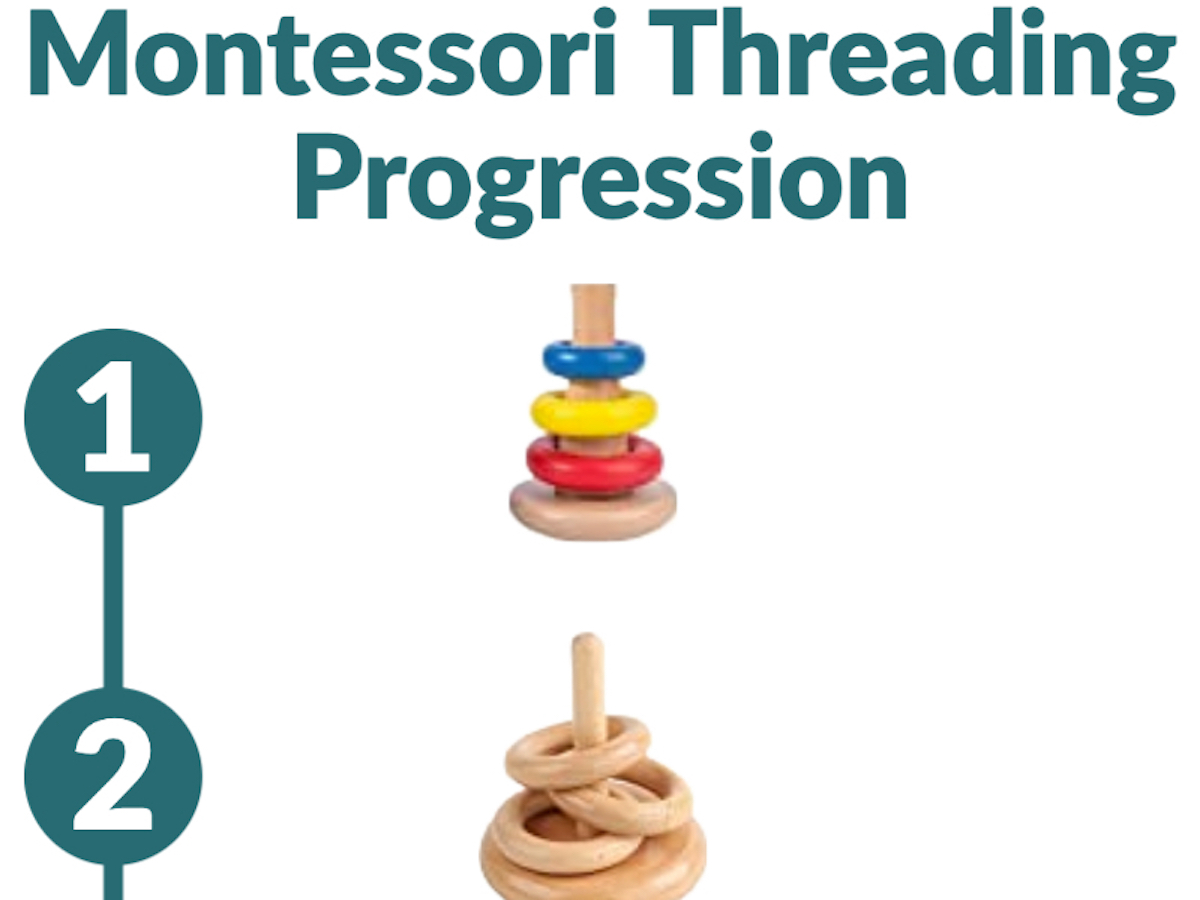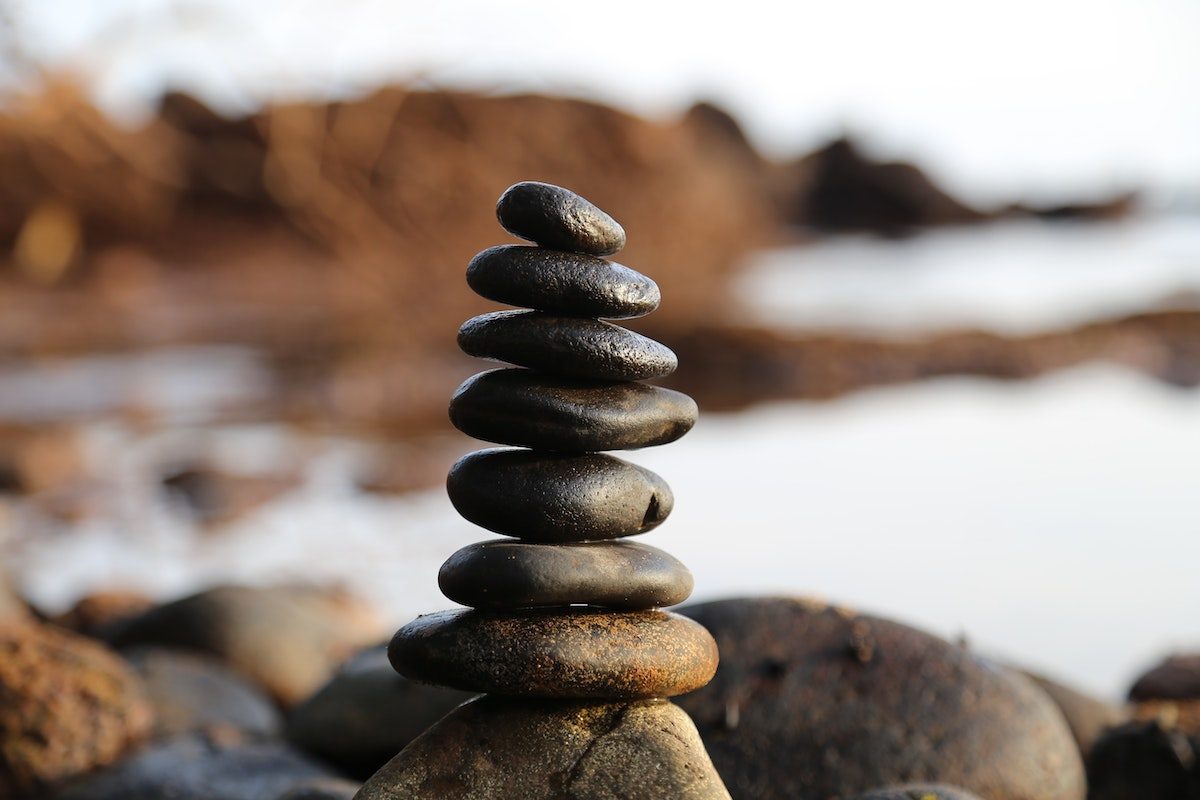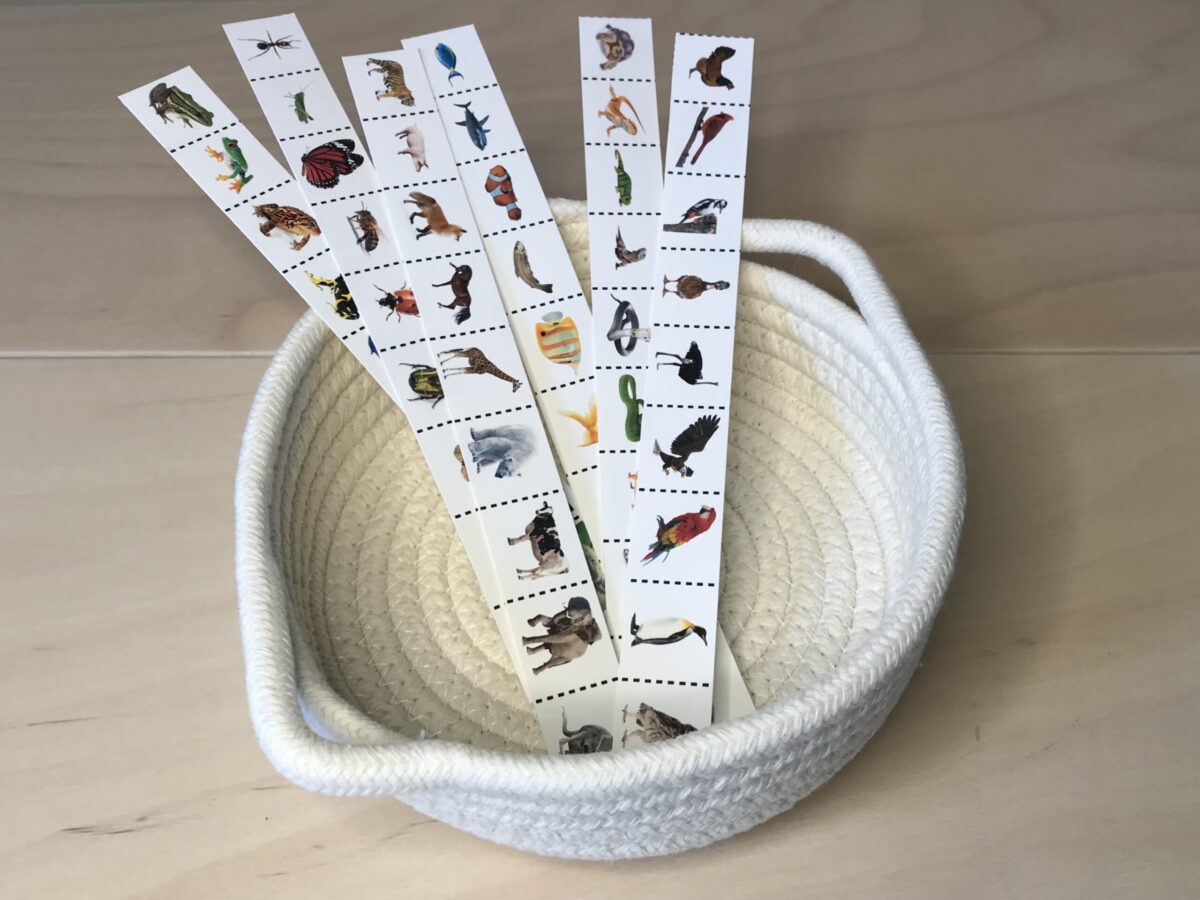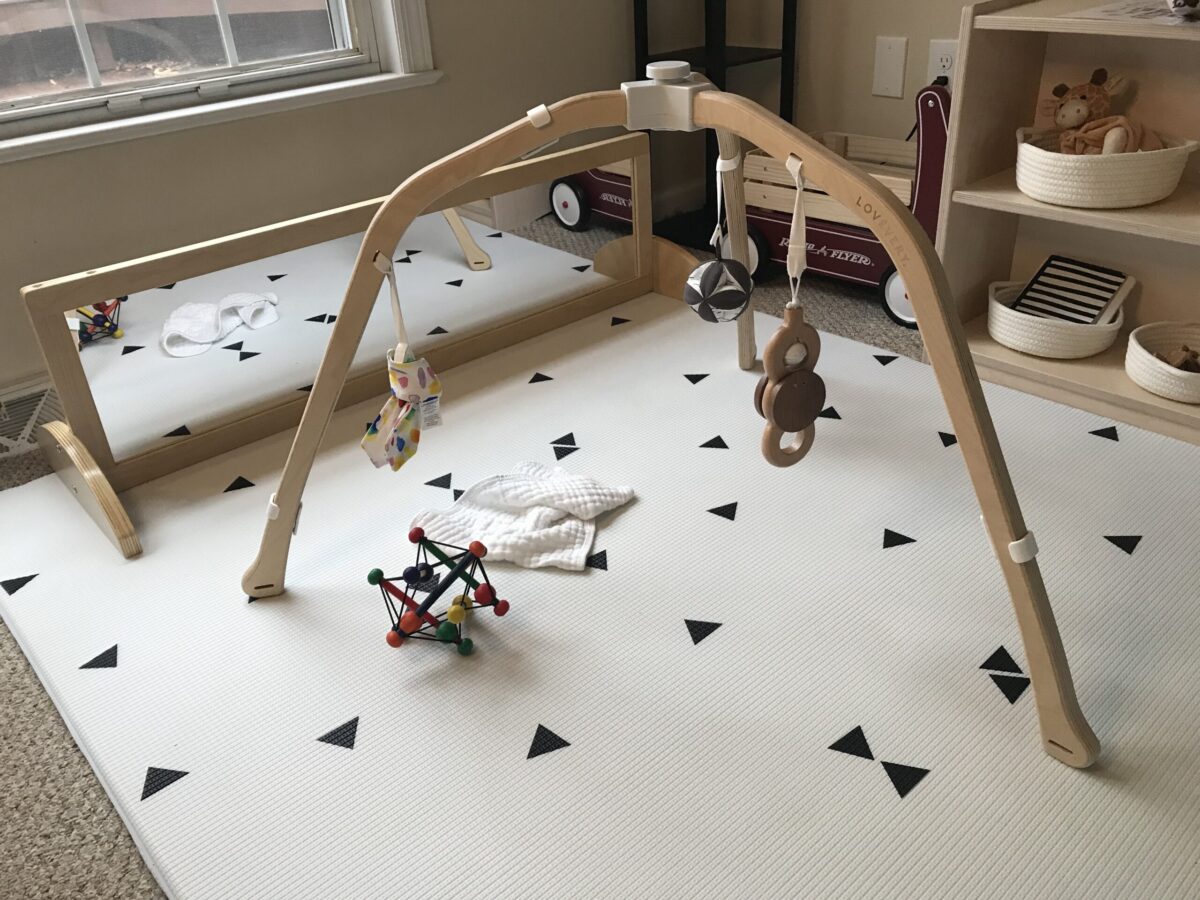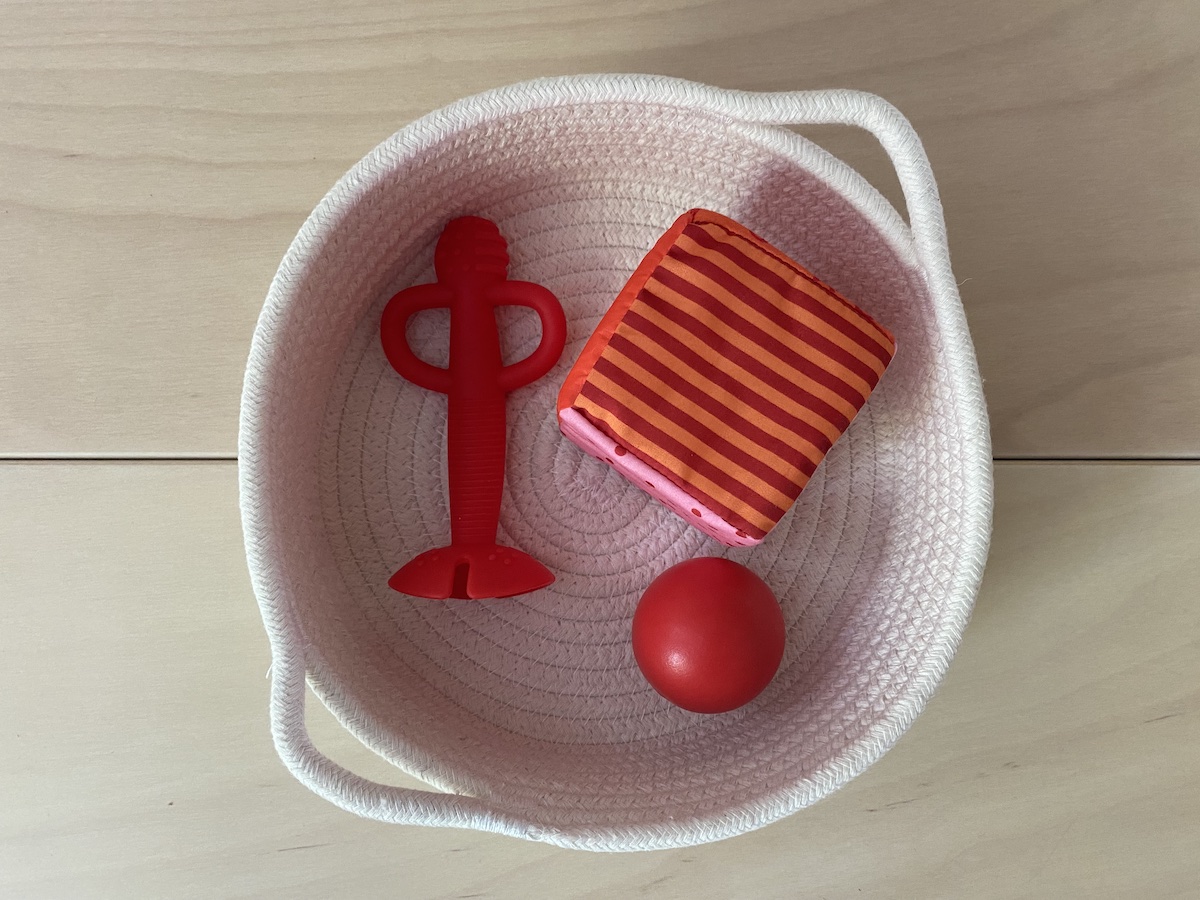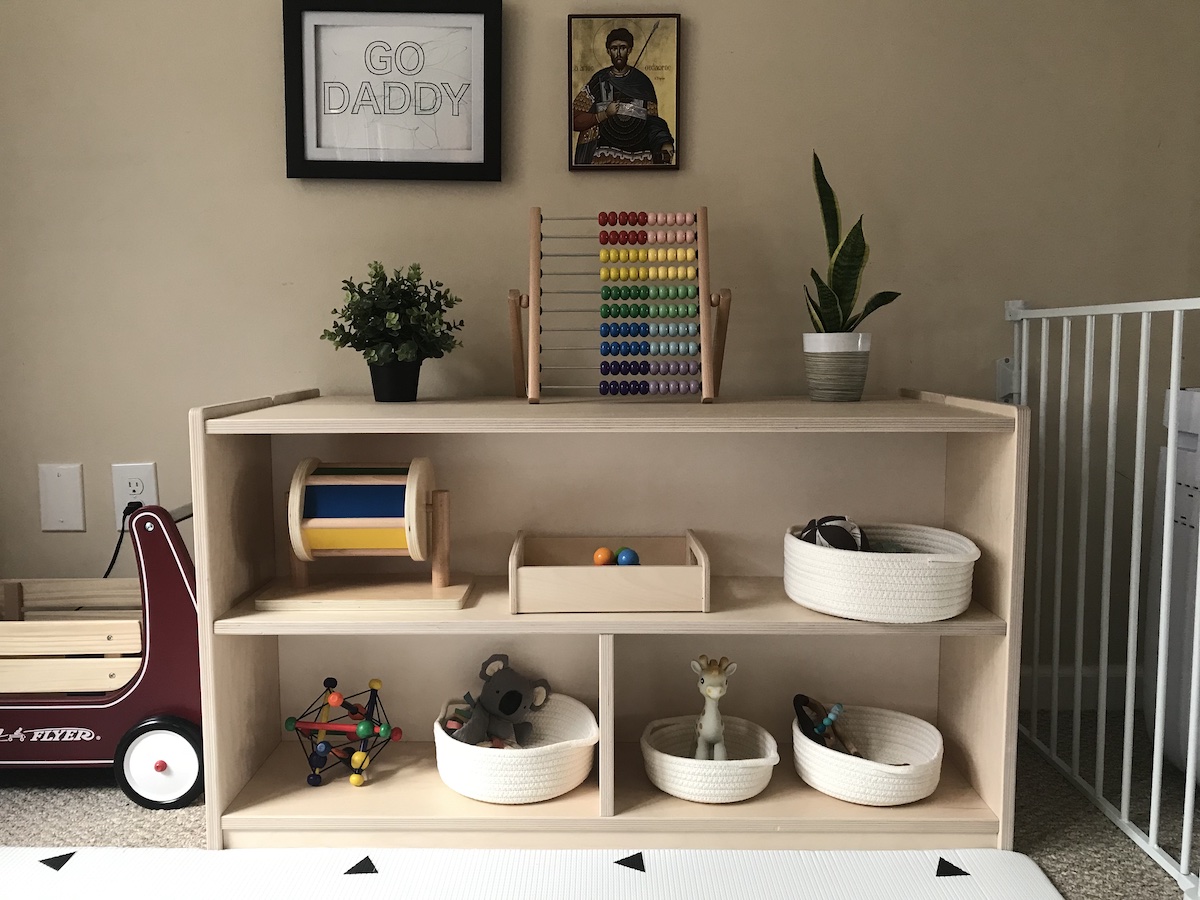
As I started my adventure into early childhood education, the word Montessori kept popping up everywhere. When I browse Instagram, I’m delighted to see beautifully prepared shelves and children independently playing while mom drinks a cup of coffee nearby. It sounded like something I needed to learn more about. After quick digging, I discovered that the word Montessori is not copyrighted or trademarked, meaning it could be used to mean all sorts of things. So, what really is Montessori and the prepared environment, and ultimately, how can I incorporate these principles into my homeschool?
What is Montessori?
Founded by Dr. Maria Montessori in the early 1900s, the Montessori Method is a personal approach to education. Emphasizing independence, it believes that children thirst for knowledge and can learn given a supportive environment. As parents, our job, then, is to guide them and provide ample learning opportunities.
Rather than focusing solely on intellectual development like traditional school, Montessori focuses on the whole child — social, emotional, intellectual, and physical. Children take part in real-life activities, like cooking and cleaning. To them, real life and play are the same, and these aren’t chores. Further, children don’t raise their hands to ask permission to go to the bathroom or move around. Movement is a crucial pillar and goes hand-in-hand with intellectual growth.
“Movement, or physical activity, is thus an essential factor in intellectual growth, which depends upon the impressions received from outside. Through movement we come in contact with external reality, and it is through these contacts that we eventually acquire even abstract ideas.”
– Marie Montessori
One of the aspects of Montessori that appeals to me is that it goes at the child’s pace, whatever that may be. This lets a Montessori-based education address the child’s specific strengths and weaknesses. Through it, children develop independence and a love for learning, and parents are there to help as much as needed to “do it on their own.”
The Prepared Environment
Okay, so Montessori sounds cool, but how do I know what toys to put out? How will I know what is developmentally appropriate? How can I guide my child? I’m not an expert. As I started exploring early child development, all these questions stuck in my mind. They made me doubt my ability to homeschool. But then, I realized something. Montessori front loads my work in what is known as the prepared environment.
The main goal of the prepared environment is to provide a child the freedom to choose their daily activities. We provide order and structure while emphasizing the beauty in the materials. Have you ever had difficulty focusing when there is a lot of clutter around? I do, constantly. The same goes for our children. The simpler the better. Instead of putting all of the toys out, we select 6-10 that perfectly match our child’s development. By observing what they work on, we can adjust the materials next week. We replace mastered toys with harder ones while replacing toys that are too difficult with easier ones working on the same skill. Instead of correcting the child, we add activities to help them accomplish it in the future. There are no strict timelines. We simply follow the child. They are the true owners of education.
Montessori materials
Montessori materials focus on a single domain of knowledge and are self-correcting. Let’s use an example. We have a rainbow ring stacker. Instead of providing the entire toy from the start, we break it down into parts. The rainbow stacker forces a child to learn how to put a ring on, recognize the different sizes, and order them. One skill at a time looks like starting with only the biggest ring, allowing the child to learn the fine motor skills to put it on the stick. Then, slowly, we add more rings as size discrimination improves. This toy is self-correcting because the child can easily see when the ring doesn’t go on the stick or if the different sizes are out of order.
Incorporating Montessori into our homeschool
So how can we go about incorporating Montessori into our homeschool? Here’s 4 things to do today:
- Put the toys away. Only keep 6-10 that the child enjoys. This encourages them to play with the toys more deeply and creatively. It reduces clutter so they can learn and allows them to make independent choices without becoming overwhelmed.
- Involve the child in real-life activities. Let them help cook or clean. Involve them when putting away dishes or doing the laundry. Utilize step stools and child-sized furniture and tools so they can be equal members of the household.
- Focus on one skill at a time. Instead of doing everything at once, break down the skill into parts and let the child master each in turn.
- Go for a nature walk. Movement encourages learning, and the child absorbs everything in the environment. What better way to learn about science than to explore the natural environment around us?
